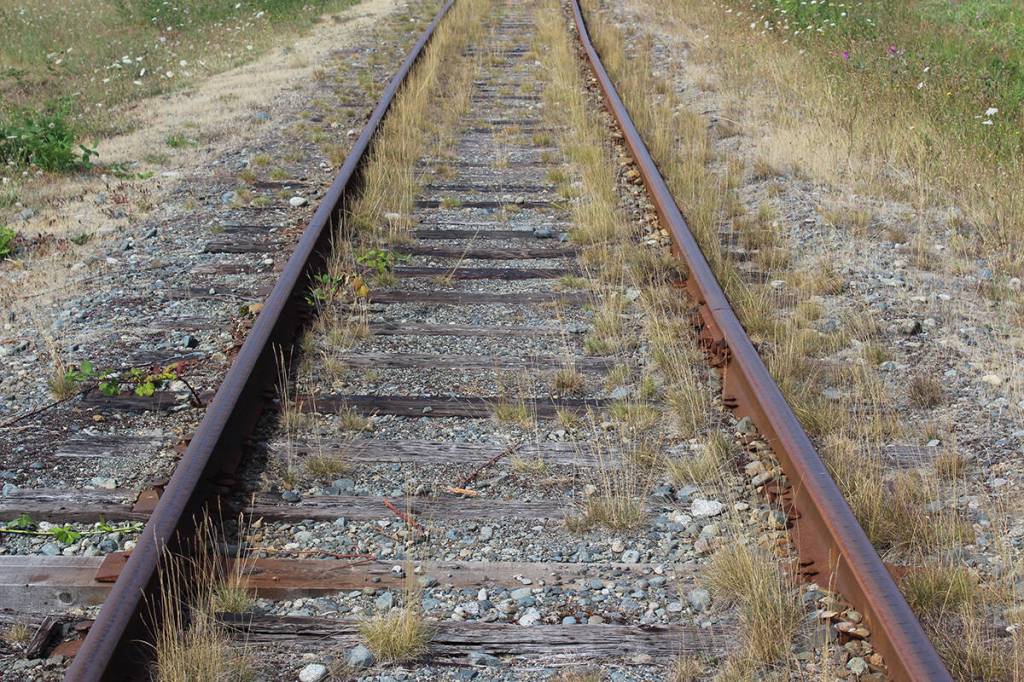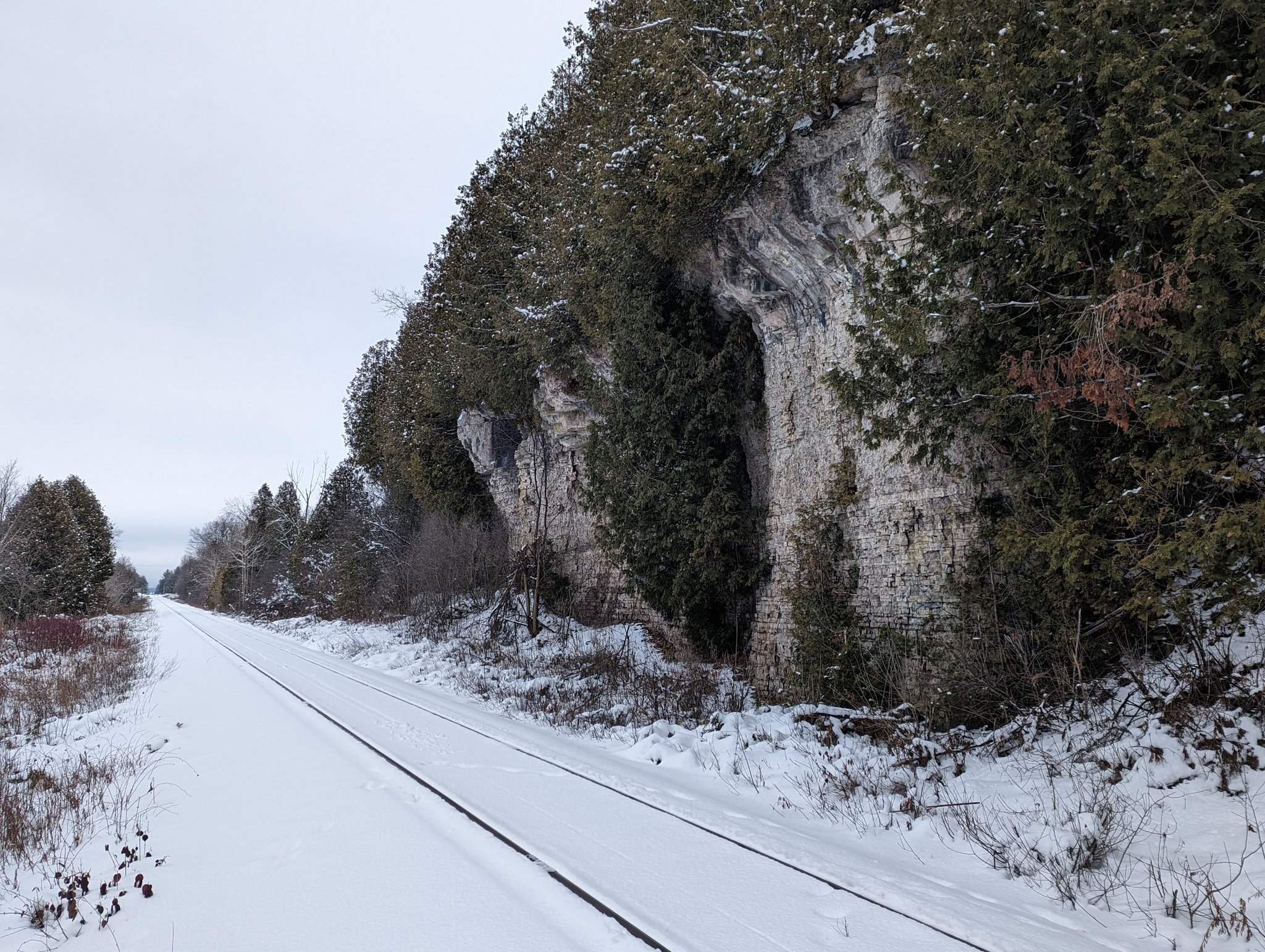C_Johnson_1995
Active Member

LETTER TO THE EDITOR: Returning tracks is just an excuse not to fund rail - Nanaimo News Bulletin
Decision on rail inconsistent with government’s actions on natural resources, says letter writer
 www.nanaimobulletin.com
www.nanaimobulletin.com
I suspect that this is indeed the truth. I find the transport minister's statements where he said he didn't want to see the corridor broken up and built over to be contradictory since that is exactly what they did.
As I mentioned in the VIA thread, the federal and provincial governments are just stringing people along at this point. It's actually a bit insulting.
But I definitely think that advocates and advocacy groups such as Transport Action Canada should definitely see the writing on the wall and shift their attention to busses on Vancouver Island. The rail option was always a poor one though given its poor alignment in comparison to the highway.






